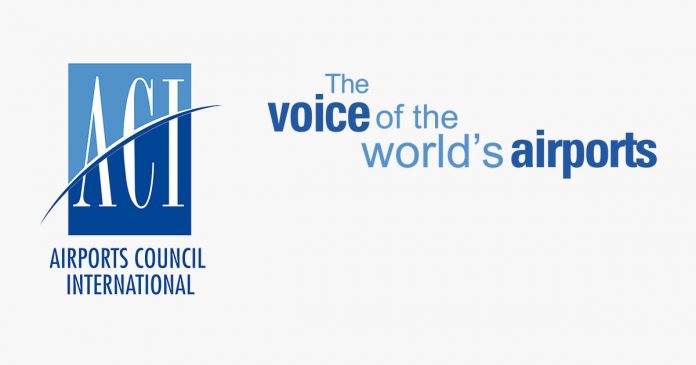As African airports seek to respond to the challenges of the rapid growth in demand for air services, Airports Council International (ACI) World has emphasized the importance of investing in non-aeronautical and commercial revenue streams to facilitate sustainable growth.
Addressing aviation stakeholders at the 2019 ACI Africa Regional Conference and Exhibition, in Luxor, Egypt, Angela Gittens, Director General, ACI World said boosting non-aeronautical revenue would help airports modernize and improve infrastructure and increase the customer experience at airports, as well as ensure an economic sustainable and more resilient business.
Passenger traffic in Africa is projected to reach 450 million by 2040 with a long-term (2017-2040) Compounded Annual Growth Rate of 3.7%. In order to cope with traffic growth, the region’s airports must generate enough revenues to finance their activities, build new infrastructure, and remain competitive. Non-aeronautical revenues have the potential to be the major source of funds for operators, especially considering Africa has the greatest reliance on aeronautical revenue worldwide.
“Non-aeronautical revenues are key contributors to the financial success of airports as they not only help to diversify the income base for airports, but also serve to help them weather economic downturns,” Angela Gittens said. “They can be a source to help recover operating costs and reduce the use of aviation taxes for future airport development.”
ACI Africa Secretary General Ali Tounsi also highlighted the region’s recent upward trajectory of passenger and air cargo traffic.
ACI data has found that Africa’s growth rate has been trending upwards, benefitting from a recovery cycle in some of its major economies, as well as the upswing in commodity prices.
In 2017, passenger traffic in the region grew 6.3% year-over-year and 10.3% on a year-to-date basis by November 2018. Air freight grew 9.2% in 2017 year-over-year and 11.8% year-to-date—the largest percentage gain in overall volume in comparison to the rest of the world.
African airports however continue to face several challenges to growth; namely, the slow implementation of the Yamoussoukro Decision, security threats and political instability, as well as infrastructure and safety gaps due to lack of resources.
“Considering the region’s potential for growth and its possible impediments, it has become more important than ever, for airports to develop their non-aeronautical revenue streams,” Ali Tounsi said. “Airports must continually find new ways of generating revenues, set competitive charges, offer incentives and rebates, and invest in quality enhancements and capacity to meet the needs of the future.”
















